According to VEC's traffic plan, vehicles traveling on the Cau Gie - Ninh Binh expressway in the direction of Hanoi - Ninh Binh when reaching Km239 + 800 continue straight through Liem Son bridge, pass through the construction site and continue their journey to Ninh Binh.
For vehicles traveling on the Ninh Binh - Hanoi expressway, when reaching Km242+900, vehicles continue going straight on the expressway, passing Liem Son bridge and the construction site, then continue moving towards Hanoi.
Vehicles must strictly comply with the speed limit set on the traffic signs. Specifically, Hanoi - Ninh Binh: Km239+950 maximum speed 100 km/h; Km240+150 maximum 80 km/h; Km240+300 maximum 60 km/h; Km240+300 - Km242+220 maximum 60 km/h.

Ninh Binh - Hanoi: Km242+770 maximum speed 100 km/h; Km242+570 maximum 80 km/h; Km242+420 maximum 60 km/h; section Km242+420 - Km240+500 maximum 60 km/h.
VEC recommends that vehicle drivers pay attention, comply with the road signal system, keep a safe distance from the vehicle in front and follow the instructions of the operating unit to ensure safety.
In case of an incident or abnormality while traveling through the area, people can contact the VEC switchboard for timely support and handling.
The Cau Gie - Ninh Binh Expressway (Km210+000 - Km260+030) is 50 km long and has been put into operation since 2012 with a scale of 4 lanes. VEC believes that the expressway is currently overloaded and is at risk of becoming a "bottleneck" of the Eastern North - South Expressway axis, when the connecting sections at both ends, Phap Van - Cau Gie and Cao Bo - Mai Son, have been or are being expanded to 6 lanes. Therefore, VEC has just submitted a document to the Prime Minister , requesting to be assigned as the managing agency to expand this route from 4 to 6 lanes.

According to the report, VEC proposed to divide the project investment into phases to suit transportation needs and capital mobilization capacity: Phase 1 (until 2027) will expand the entire route to 6 lanes, meeting the exploitation needs until 2038; Phase 2 (after 2038) will continue to expand to 10 lanes, according to the national road network planning.
The total investment in phase 1 is about 3,013 billion VND, of which construction costs are more than 2,000 billion VND. According to the plan, the project will start construction in the third quarter of 2026 and be completed and put into operation in the fourth quarter of 2027, or according to the direction of the Prime Minister.
Source: https://tienphong.vn/bat-dau-phan-luong-cao-toc-cau-gie-ninh-binh-lai-xe-can-luu-y-gi-post1791313.tpo







![[Photo] Da Nang: Hundreds of people join hands to clean up a vital tourist route after storm No. 13](https://vphoto.vietnam.vn/thumb/1200x675/vietnam/resource/IMAGE/2025/11/07/1762491638903_image-3-1353-jpg.webp)
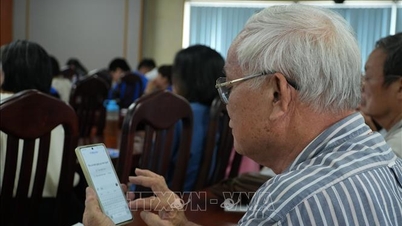





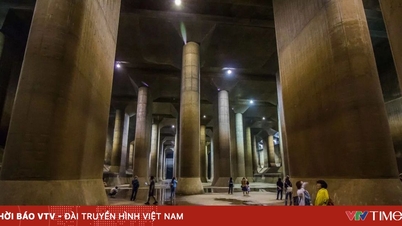

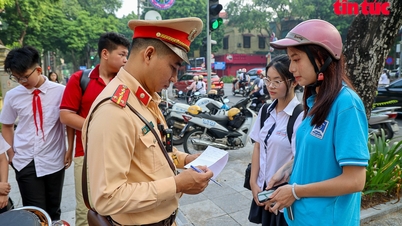




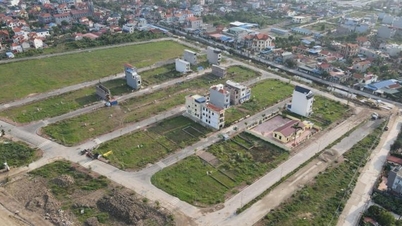

















































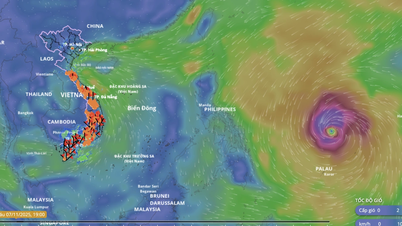












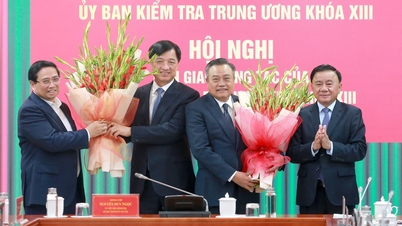


























Comment (0)